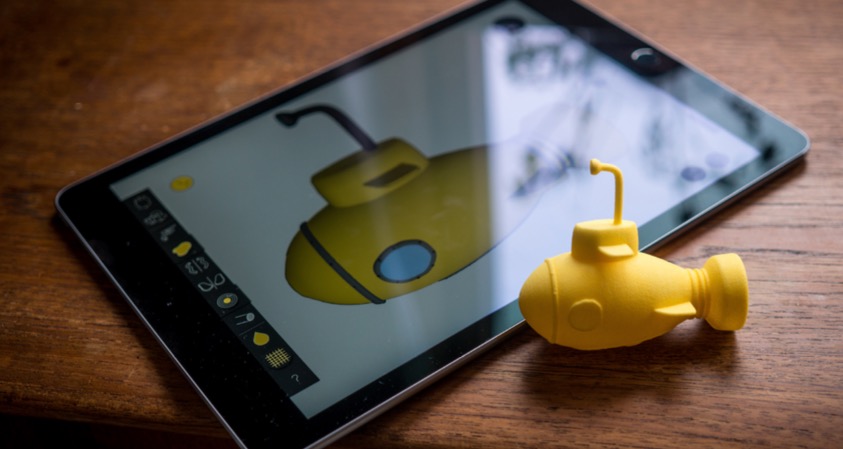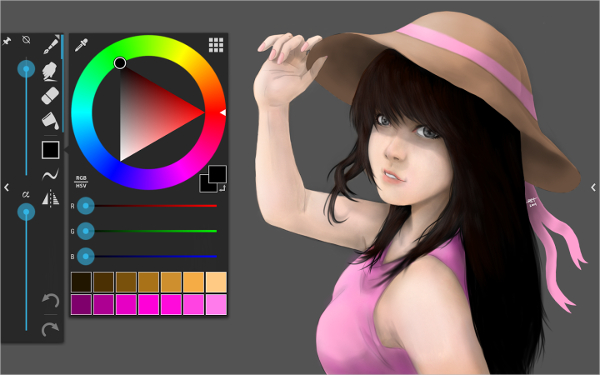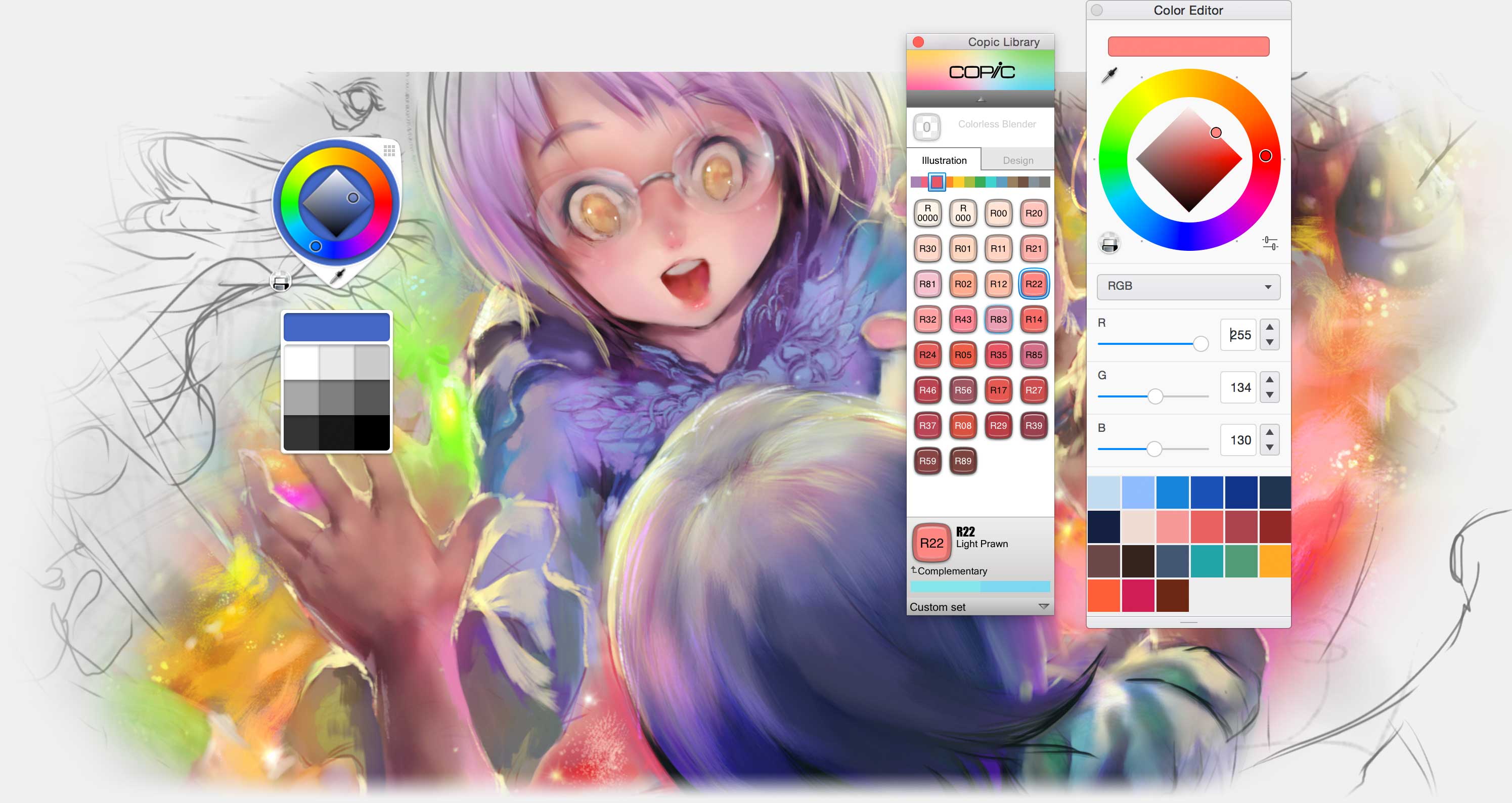

This also applies to the remodeling of an apartment or the interior design. These architecture software assist in visualizing how a property will look after construction. It is possible to draw a 2D drawing or 3D image of a house, apartment, office or playground using special design tools. I will create a post just to this Container3D component separeted, it will be useful for other projects not exactly related to this one.Architectural design software enable users to virtually create spaces of any size and purpose without the help of a construction company.

However I think I added too much content to a single post. Also let’s rename our three.js render( ) method to _render( ), react already has a render method. Basically, the usual init( ) method from three.js will be called in the construct and animations will occour independently from react renders. We will only need to understand a little bit of React Components life cycle. The three.js renderer will be rendering to a. We will create our own react component that encapsulates all three.js elements and methods(renderer, scene, cameras, meshs, lights, init, render). The css I used in the previous example (gif) was this. Just import it into your applications npm install -save react-cubeview //index.js import CubeView from 'react-cubeview'. If you need to install it in other projects, just install the package: npm install -save react-minimalist-toolbar This component receives a json to organize its menu hierarchy, simple and efficient. I couldn’t find a minimalist/simple to use the toolbar, so I built an npm package for it react-minimalist-toolbar. Let’s be quick here (we need more time to dig into the main other components).

I wanted to create all those 3d UI component as react components because I think some of them are pretty generic and can be reused in many other projects I have been working on.

That said, let’s start implementing the code. However, after some months developing experimental components using it I think it might be too limiting to use it - even knowing it’s possible to access the renderer, scene and other wrapped variables it’s still to much work to make your code reliable and organized, and it’s also a lot of work to make the code snippets from three.js examples work within this wrapped environment- and we want to use all those cool codes from the /examples. I said previously we were going to use react-three-renderer as our main three.js wrapper for react. React.js + Three.js = Reusable 3D components


 0 kommentar(er)
0 kommentar(er)
